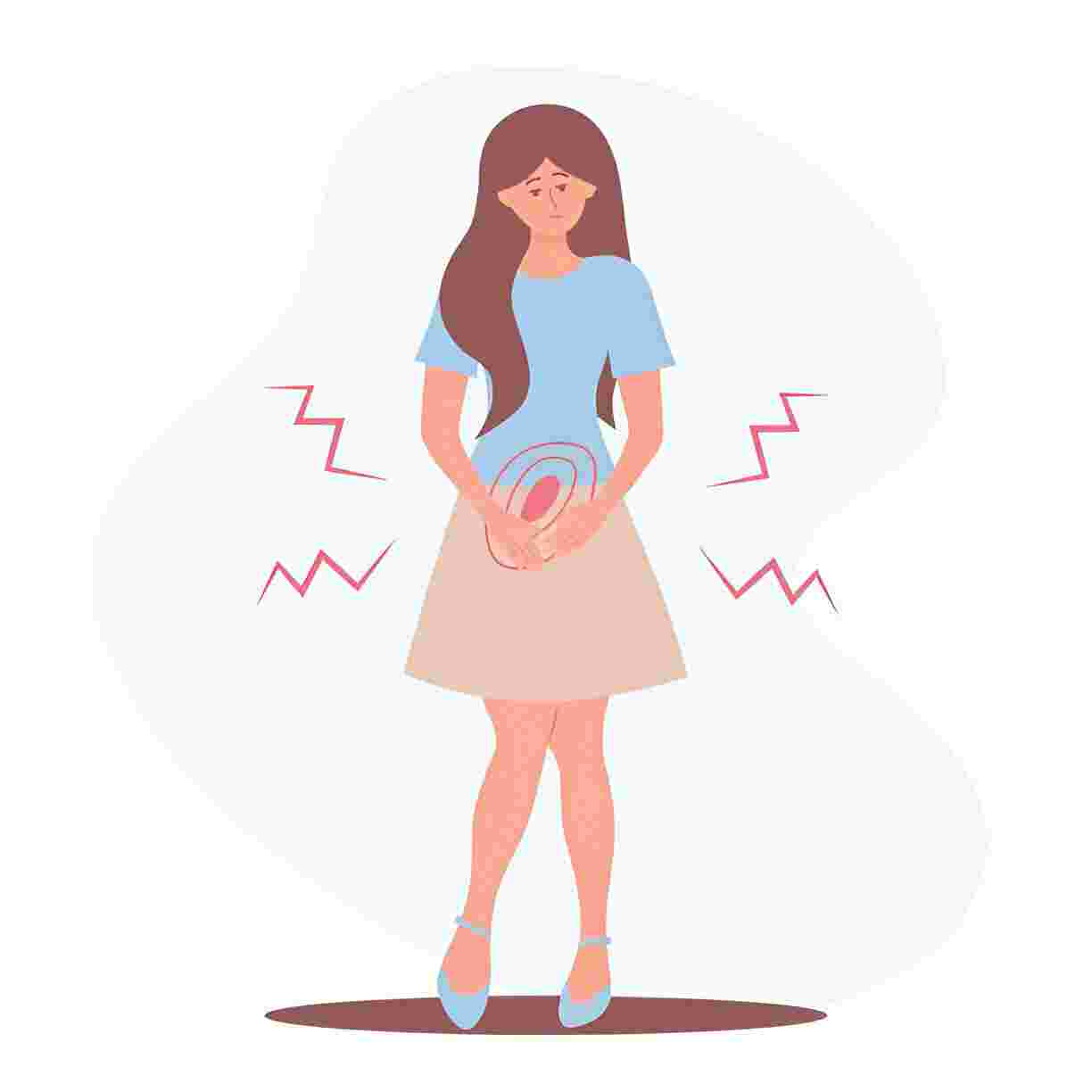Pad rash is a common yet often overlooked problem that many women silent face during their monthly cycle. In Pakistan, where the conversation around menstrual health is still limited, the discomfort caused by pad rash can severely affect confidence, mobility, and overall well-being. This blog sheds light on the causes, symptoms, prevention, and soothing remedies for pad rash, ensuring that every woman feels supported and heard.
What Exactly Is Pad Rash?
Pad rash refers to skin irritation or redness that occurs in the intimate area due to prolonged use of sanitary pads. It usually results from friction, moisture, or sensitivity to the materials in the pad. The affected skin may feel itchy, inflamed, or even painful, making daily routines harder to manage.
For many women in Pakistan, who often have to wear pads for extended hours due to busy schedules or lack of access to hygiene facilities, pad rash is not just a minor inconvenience—it’s a recurring challenge. Understanding this condition is the first step toward managing it effectively.
Why Does Pad Rash Happen?
There are several factors that contribute to pad rash:
-
Moisture and Sweat: Extended wear can trap sweat and menstrual fluid, leading to skin chafing.
-
Friction: Movement during walking or sitting can cause rubbing between the skin and the pad surface.
-
Skin Sensitivity: Some women have delicate skin that reacts quickly to synthetic materials.
-
Lack of Airflow: Wearing a pad in hot and humid weather, which is common across Pakistan, further increases irritation.
Knowing these triggers helps women take proactive measures to avoid discomfort.
Signs You May Have Pad Rash
Pad rash can often be mistaken for other skin conditions, but some common signs include:
-
Redness or swelling in the intimate area
-
Burning sensation when moving or sitting
-
Persistent itching
-
Visible rashes or bumps
If left unchecked, pad rash can worsen and cause infections. That’s why timely care is essential.
Preventing Pad Rash with Smart Choices
Prevention is always better than treatment. Here are some ways to reduce the chances of developing pad rash:
-
Change Pads Frequently – Avoid wearing one pad for too many hours.
-
Opt for Breathable Material – Choose pads that allow better airflow.
-
Stay Dry and Clean – Gently wash and pat the area dry before using a fresh pad.
-
Wear Comfortable Clothing – Loose, breathable fabrics help minimize friction.
By taking these simple measures, women can ensure a more comfortable experience throughout their cycle.
Managing Pad Rash at Home
For those who already experience irritation, there are some easy remedies:
-
Cold Compress: Applying a cold cloth can soothe burning sensations.
-
Natural Oils or Aloe Vera: Known for their calming properties, these can reduce redness.
-
Gentle Cleansing: Avoid harsh soaps and stick to mild, fragrance-free cleansers.
These steps help reduce discomfort while giving the skin time to heal.
Embrace Comfort: Standing Beside Women’s Health
Women across Pakistan deserve access to solutions that prioritize comfort during their periods. Embrace Comfort believes that menstrual health should never compromise dignity or confidence. By encouraging awareness around pad rash, the goal is to empower women with the knowledge to take charge of their well-being and feel at ease every day of the month.
Dispelling Myths About Pad Rash
In many communities, women hesitate to talk about intimate discomfort. Some even assume pad rash is a “normal” part of menstruation. However, the truth is that with proper hygiene and awareness, pad rash can be prevented and managed effectively. Breaking these taboos is vital to creating an open dialogue about menstrual health in Pakistan.
Conclusion: Tackling Pad Rash with Confidence
Pad rash should never be ignored, as it impacts both comfort and health. With the right care, preventive measures, and open discussions, every woman can experience her cycle without unnecessary pain or irritation. As awareness grows, more women in Pakistan can take confident steps toward embracing healthier menstrual practices and living with dignity.
Frequently Asked Questions (FAQs)
1. What is the main cause of pad rash?
Pad rash usually occurs due to prolonged use of sanitary pads, leading to moisture buildup, friction, and irritation.
2. Can pad rash lead to infections?
Yes, if left untreated, pad rash can worsen and potentially cause bacterial or fungal infections. Proper hygiene is important.
3. How often should I change my pad to avoid rash?
Ideally, pads should be changed every 4 to 6 hours to reduce the chances of irritation.
4. Is pad rash more common in summer?
Yes, hot and humid weather in Pakistan can increase sweating, making pad rash more likely during the summer months.
5. Can natural remedies help with pad rash?
Yes, remedies like aloe vera gel or coconut oil can soothe irritation, but prevention through hygiene remains the best approach.




